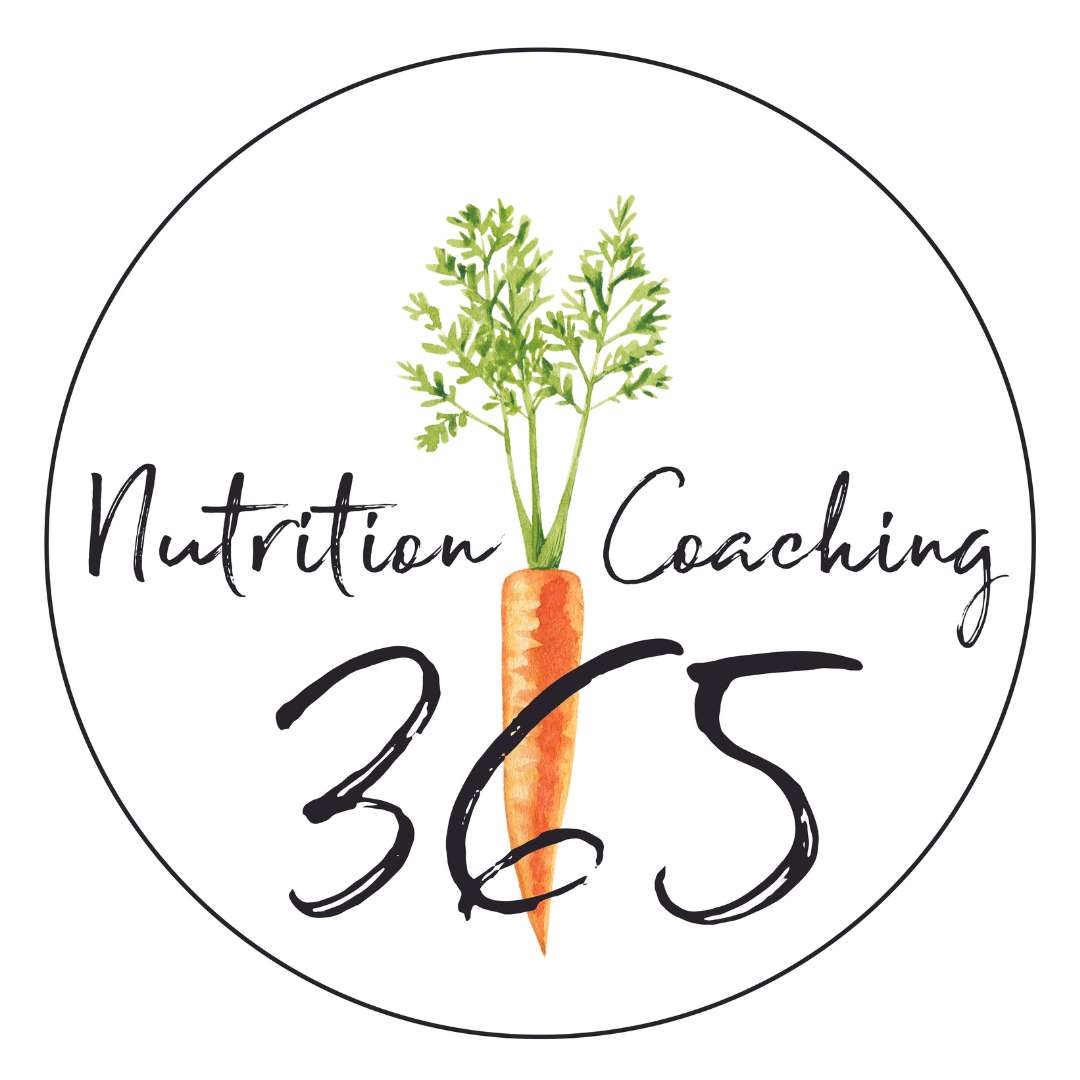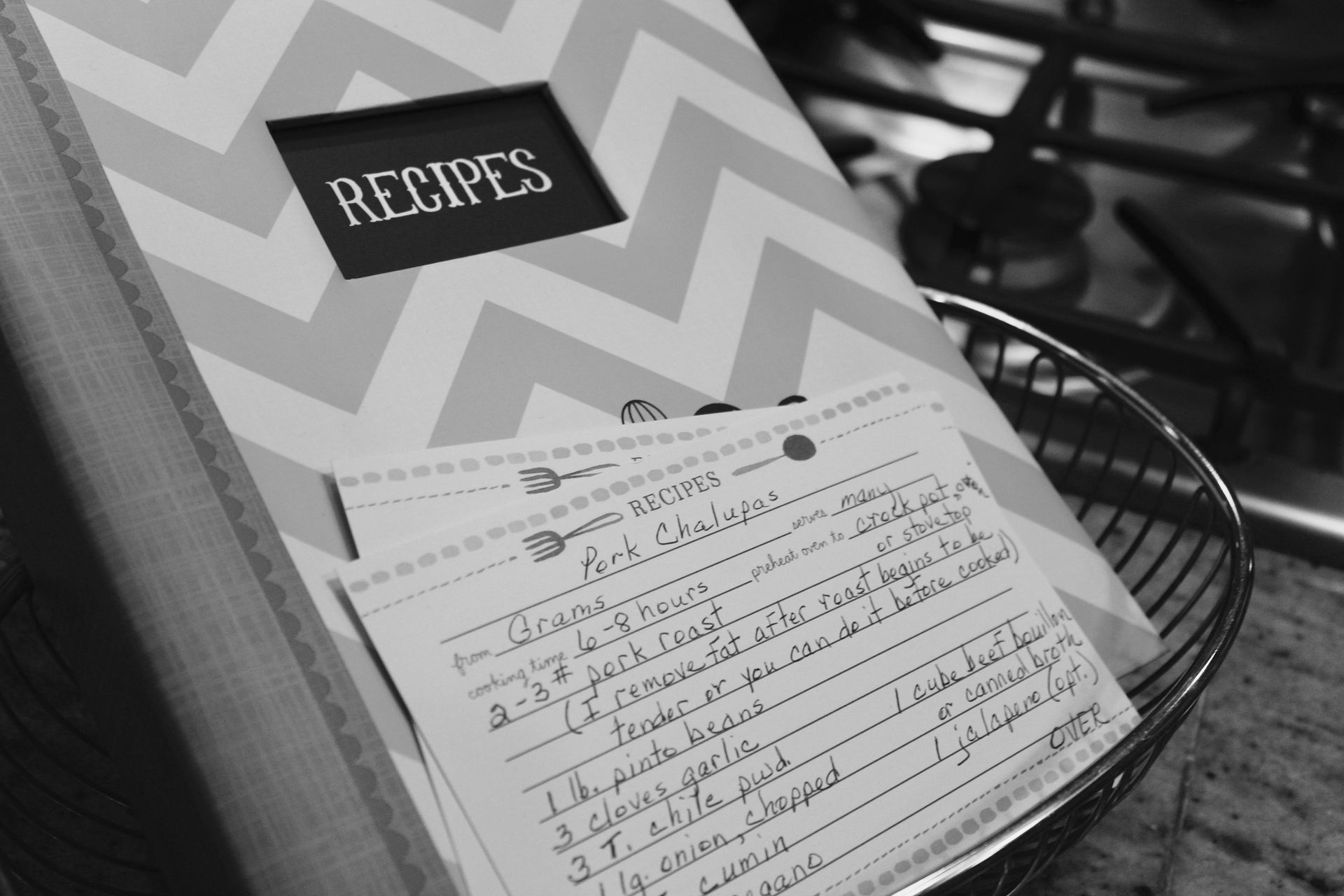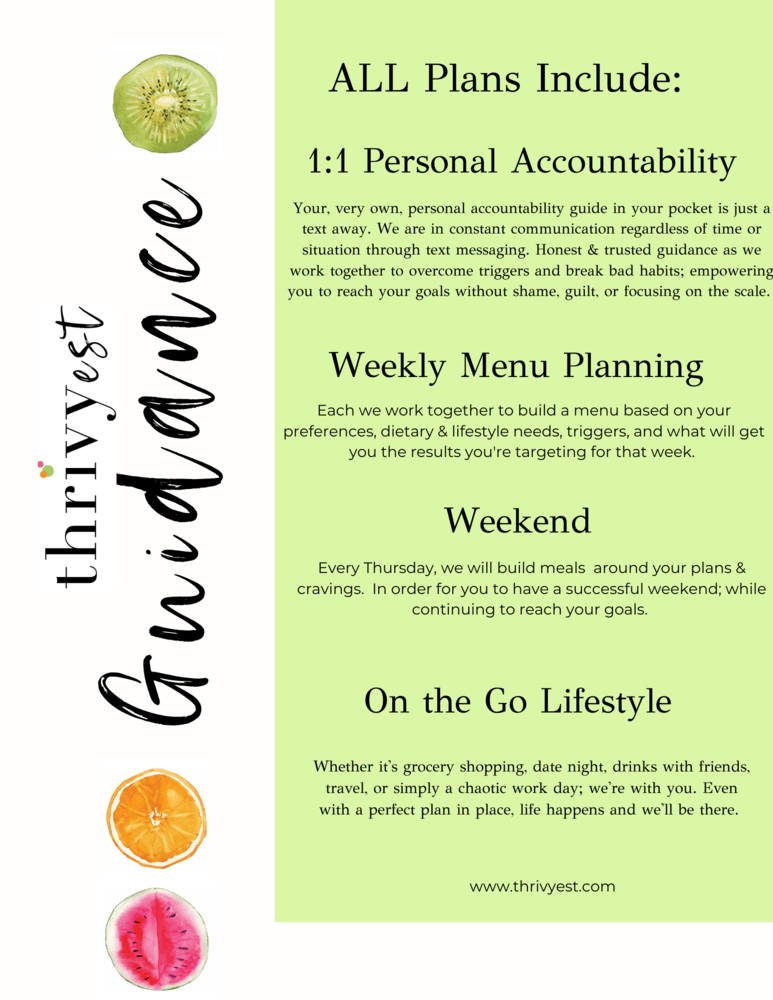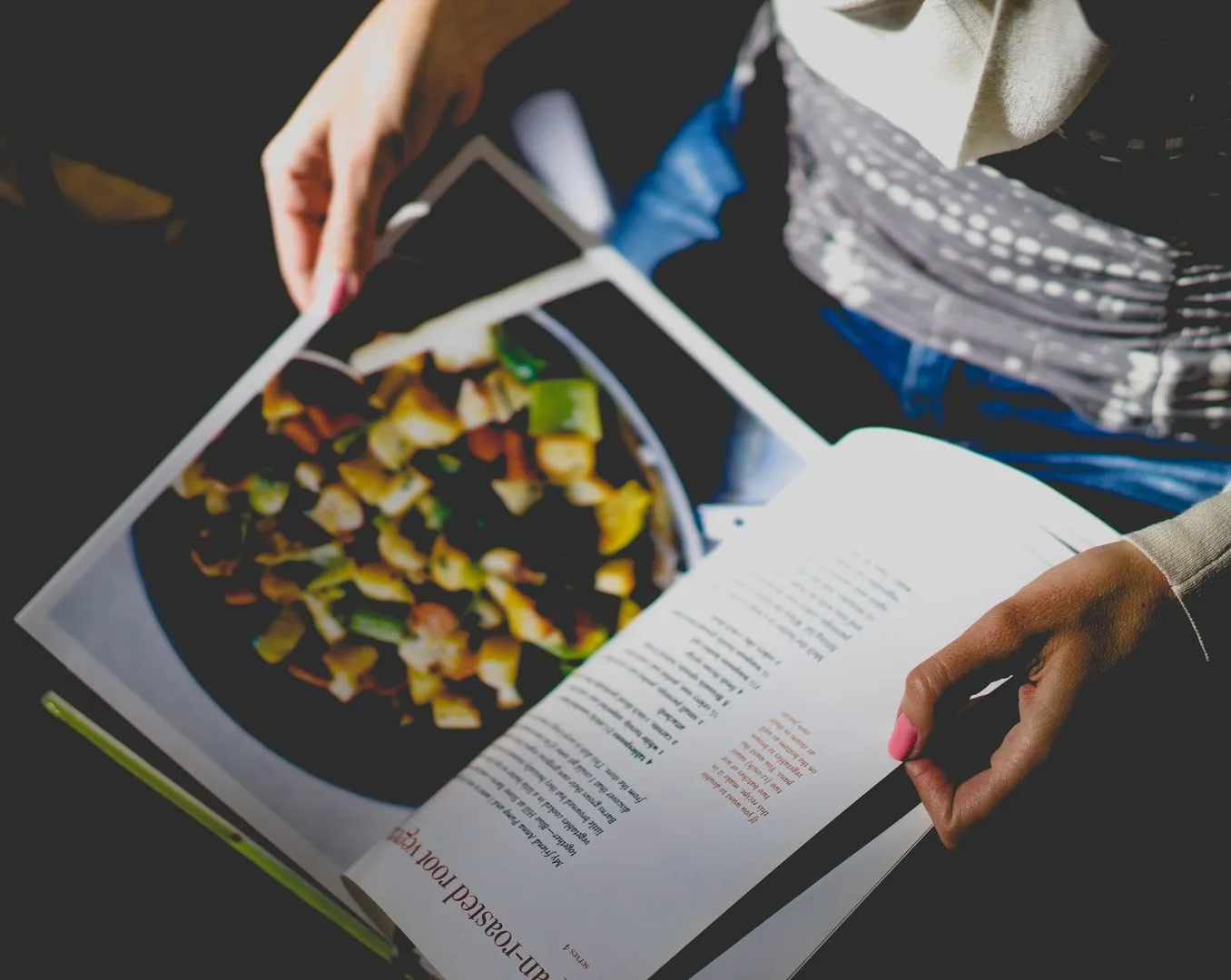How to stop weight gain with a simple food swap
Smart Carb Choices for Weight Loss

If you're struggling with cravings and trying to lose weight, this post is for you.
Losing weight can feel like an endless battle, but it doesn't have to be. Sometimes, the simplest strategies can make the biggest difference. One effective way to shed those extra pounds is by swapping out certain carbohydrate sources for healthier ones. This approach doesn't involve drastic calorie cutting or extreme diets. Instead, it's all about making smarter choices with the carbs you consume. Let's dive into the different types of carbs, why some are better than others, how your habits impact your weight, and why you shouldn't cut out all carbs. Plus, we'll talk about the amazing benefits of fiber and "slow" carbs.
How Your Habits Impact Your Weight
Your daily habits have a significant influence on your weight loss journey. Developing healthier habits around carbohydrate consumption can make a big difference. Here are some key habits to focus on:
Intentional Eating
Paying attention to what you eat and how it makes you feel can help you make better food choices and recognize when you're full. Practical steps to incorporate mindful eating include:
- Eat Slowly: Take your time with each bite to savor the flavors and give your body time to signal when it’s full.
- Avoid Distractions: Turn off the TV and put away your smartphone while eating to focus on your meal.
- Listen to Your Body: Notice how different foods make you feel physically and emotionally, and choose foods that make you feel good.
Portion Control
Controlling portion sizes is essential, especially for high-calorie foods.
Practical steps include:
- Use Smaller Plates: Smaller dishes can help control portions and prevent overeating.
- Measure Servings: Use measuring cups or a food scale to ensure you’re eating appropriate portions.
- Avoid Eating from Packages: Serve food onto a plate rather than eating directly from the container to avoid mindless munching.
Regular Meals
Eating at regular intervals can prevent extreme hunger, which often leads to overeating. Practical steps include:
- Plan Meals Ahead: Prepare meals and snacks in advance to ensure you have balanced options available.
- Include Balanced Snacks: Choose snacks that combine protein and high-quality carbs, such as an apple with almond butter or Greek yogurt with berries.
- Stay Consistent: Plan to eat at, roughly, the same times each day to regulate your hunger and energy levels.
Why Carb Quality Matters
Weight gain, especially after 40, can be attributed to a more sedentary lifestyle, accumulated bad habits, and hormonal changes. But don’t worry—there's hope!
A recent study published in The BMJ highlights the importance of focusing on “carbohydrate quality.” People who limited their intake of added sugars, sweetened drinks, refined grains, and starchy vegetables, while eating more whole grains, fruits, and non-starchy vegetables, gained less weight in midlife than those who indulged in sugary, starchy foods.
The link between these habits and better weight control was particularly strong among women and people who were overweight or had obesity before making these changes. The research shows that making simple food swaps can help you manage your weight more effectively.
However, it's crucial to remember that while making these simple swaps to improve carb quality, you still need to be mindful of your overall calorie intake. Weight loss fundamentally comes down to being in a calorie deficit—burning more calories than you consume.
Even healthy foods can contribute to weight gain if eaten in excess. For example, swapping a candy bar for a handful of nuts is a smart move, but if you eat multiple handfuls of nuts, the calorie count can quickly add up. Similarly, replacing a bag of chips with whole grain crackers is beneficial, but consuming an entire box of crackers will still lead to excess calorie intake.
Managing Meals at Home
When you're preparing meals at home, it's easier to control what goes into your food. Here are some tips for making healthier carb choices:
- Plan Your Meals: Take the time to plan balanced meals that include high-quality carbs, lean proteins, and healthy fats.
- Cook mostly from Scratch: This allows you to avoid hidden sugars and unhealthy ingredients found in processed foods.
- Use Measuring Tools: Measure your portions, accurately on a food scale, to ensure you're not overeating, even with healthy foods.
- Include Vegetables: Make vegetables the star of your meals, with a focus on non-starchy options like leafy greens, broccoli, and bell peppers.
Handling Meals Eaten Out
Eating out can be more challenging, but with some strategies, you can still make healthy choices:
- Research the Menu: Look up the restaurant's menu beforehand to find healthier options.
- Ask for Modifications: Don’t hesitate to ask for whole grain alternatives or extra vegetables instead of fries or other starchy sides.
- Watch Portion Sizes: Restaurant portions are often larger than what you need. Consider sharing a dish or taking half of your meal home.
- Avoid Drinking your Calories: Stick to water, unsweetened tea, or black coffee to avoid added sugars.
Starchy Carbs vs. "Slow" Non-Starchy Carbs
Making informed choices about the types of carbs you eat can make a significant difference in your weight loss journey. Here are some examples of poor quality starchy carbs versus high quality slow, non-starchy carbs:
| Poor Quality Starchy Carb | High Quality Slow, Non-Starchy Carb |
|---|---|
| Potato chips | Baby carrot sticks |
| White bread | Whole grain bread |
| Sugary breakfast cereals | Oatmeal |
| White rice | Brown rice |
| Regular pasta | Whole grain pasta |
| Cookies and pastries | Fresh fruit |
| Crackers made from refined flour | Whole grain crackers |
| Sugary drinks | Zero calorie beverages |
| Alcoholic beverages | Herbal tea or flavored water |
Why You Shouldn't Cut Out All Carbs
Carbohydrates are an essential part of a healthy diet, providing energy, nutrients, and fiber. Completely eliminating carbs can have negative effects on your health and weight loss efforts. Here’s why you shouldn’t cut out all carbs:
Energy Levels
Carbs are your body's primary energy source. Cutting them out can lead to fatigue and decreased physical and mental performance. Instead of eliminating carbs, focus on consuming high-quality, nutrient-dense options.
Nutrient Deficiency
Many carb-rich foods are also rich in essential vitamins, minerals, and fiber. Eliminating them can lead to nutrient deficiencies. Whole grains, fruits, and vegetables provide vital nutrients that support overall health.
Cravings and Bingeing
Severely restricting carbs can increase cravings and lead to binge eating, making weight loss harder to maintain. A balanced approach that includes healthy carbs can help manage cravings and promote sustainable eating habits.
Practical Steps for Including Carbs
To ensure you’re consuming the right types of carbs, focus on these practical steps:
- Choose Whole Grains: Opt for whole grain bread, brown rice, quinoa, and oats instead of refined grains.
- Incorporate Fruits and Vegetables: Make fruits and non-starchy vegetables a regular part of your meals and snacks.
- Balance Your Plate: Combine carbs with protein and healthy fats to create balanced meals that keep you full and satisfied.
By swapping out poor quality starchy carbs for high quality slow, non-starchy carbs, you can enjoy more nutrients, fiber, and sustained energy. This helps control hunger and supports weight loss. However, it's vital to control your calorie intake daily. Even healthy foods can lead to weight gain if consumed in excess.
Remember, it's not just about cutting calories but also about improving the quality of the food you consume.
Combining these principles with smart carb swaps allows you to effectively support your weight loss goals while maintaining a healthy and satisfying diet.
By focusing on both calorie control and food quality, you can achieve sustainable weight loss and overall wellness.
YOU ARE CAPABLE OF LIVING YOUR HEALTHIEST & HAPPIEST LIFE.
If you’re looking to create healthy habits to gain more energy, improve your sleep + shed a few pounds, you’ve landed in the right place.
Recent Posts
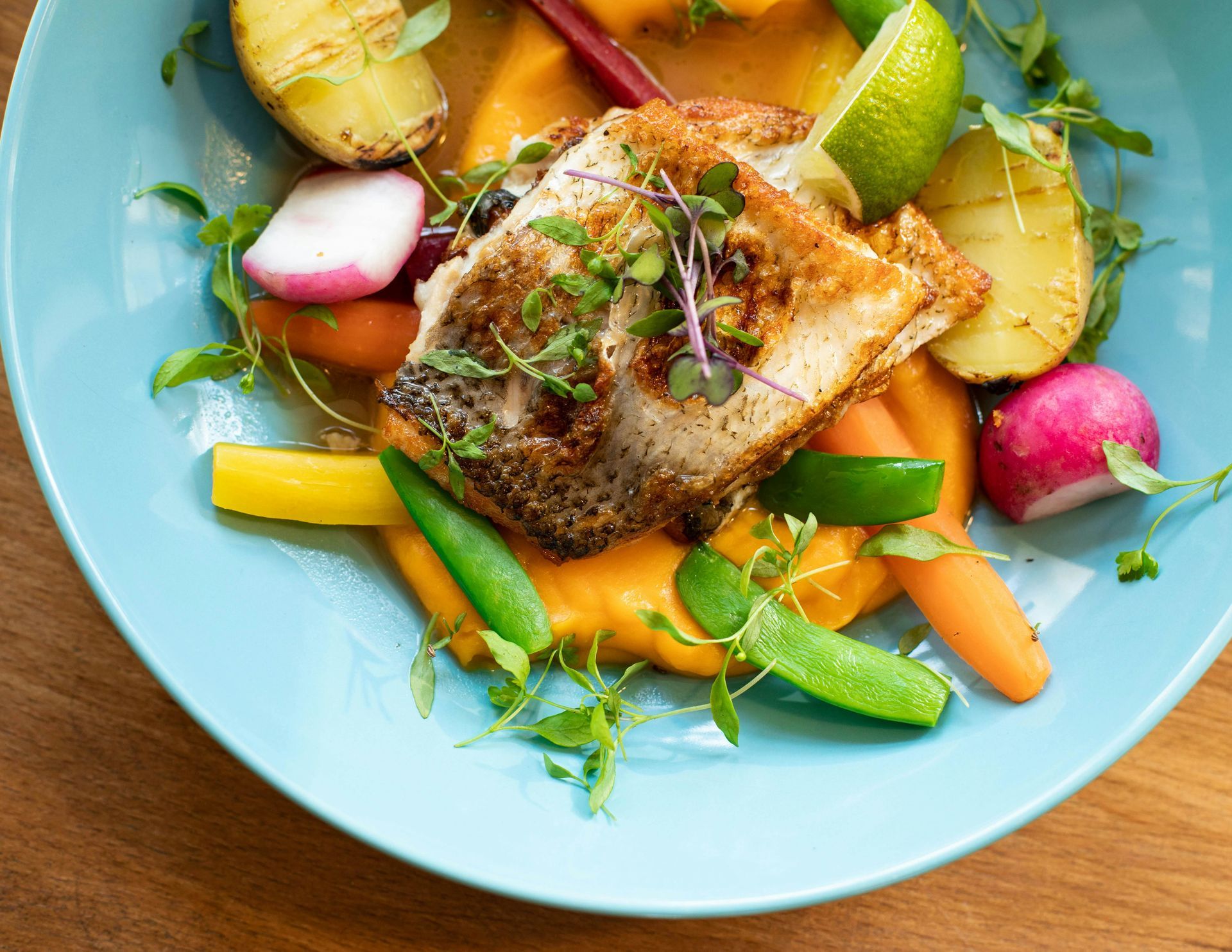
Meet Emily
I love encouraging + inspiring others to reach their healthiest lives through food, fitness + gratitude. As a holistic nutritionist + the founder of Thrivyest, I am passionate about creating habits to help you to live longer + thrive. To thrive in body, mind + soul through personalized, simple + practical steps ensuring you gain more energy, clarity + confidence! Let's connect!
